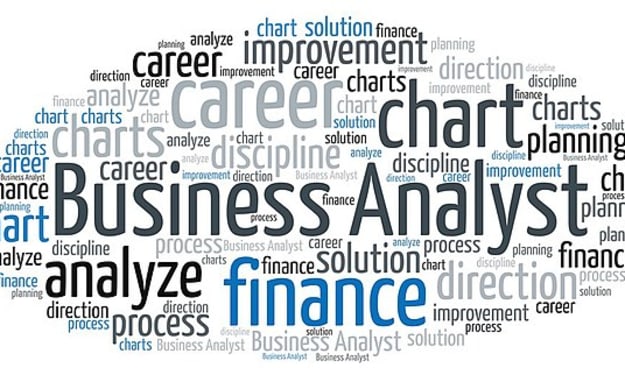Tableau and Python are two popular tools used in the world of data analysis and visualization. Both have their own strengths and weaknesses, and the choice between them depends on your specific needs and preferences.
Tableau is a powerful data visualization tool that allows you to create interactive dashboards, charts, and graphs without any coding experience. It has a user-friendly interface and intuitive drag-and-drop functionality that makes it easy to create compelling visualizations. Tableau also has a wide range of pre-built data connectors that make it easy to connect to various data sources, including Excel, SQL Server, and Google Analytics.
Python, on the other hand, is a general-purpose programming language that is widely used in data science, machine learning, and artificial intelligence. Python has a steep learning curve, but once you master it, you have access to a wide range of libraries and frameworks that can help you perform complex data analysis and modeling tasks. Python also has a vast community of developers who contribute to open-source libraries, making it easy to find solutions to common problems.
So, which one is better: Tableau or Python?
It's difficult to say which one is better since both Tableau and Python have their own strengths and weaknesses. However, if you're looking for a tool that allows you to quickly create interactive visualizations without any coding experience, Tableau might be the better choice. On the other hand, if you're looking for a more powerful tool that gives you more control over your data analysis and modeling, then Python might be the better choice.
That being said, it's worth noting that Tableau can be extended with Python, so you don't have to choose between the two. Tableau has a Python integration that allows you to use Python scripts within Tableau to perform more advanced data analysis tasks. This means that you can use Tableau to create visualizations and dashboards, while also taking advantage of Python's powerful data analysis and modeling capabilities.
If you're interested in learning Tableau or improving your Tableau skills, there are many online courses available. Some popular options include:
Tableau Fundamentals: This course is offered by Tableau and covers the basics of data visualization and analysis using Tableau.
Data Visualization with Tableau: This Tableau Course is offered by Udemy and covers more advanced topics, such as creating interactive dashboards and using Tableau with Big Data.
Tableau Desktop Specialist Certification: This certification program, offered by Tableau, is designed to validate your Tableau skills and knowledge.
Tableau and Python are both powerful tools for data analysis and visualization, but each has its own set of benefits and limitations. Here are some benefits of Tableau over Python:
Ease of use: Tableau has a user-friendly interface that allows you to create interactive visualizations without any coding experience. It has intuitive drag-and-drop functionality that makes it easy to create compelling visualizations.
Speed: Tableau is designed for speed, allowing you to create interactive dashboards and visualizations quickly. It also has a fast data engine that can handle large datasets and process them quickly.
Visual appeal: Tableau is known for its stunning visualizations, which can be customized to match your brand or style. It has a wide range of built-in visualizations that can be easily modified to suit your needs.
Sharing and collaboration: Tableau makes it easy to share your visualizations with others and collaborate on data analysis projects. You can share your work online, embed it in websites or blogs, or publish it to Tableau Server.
Pre-built connectors: Tableau has a wide range of pre-built data connectors that make it easy to connect to various data sources, including Excel, SQL Server, and Google Analytics. This eliminates the need to write complex code to connect to these data sources.
In contrast, Python has its own set of benefits over Tableau, such as:
Flexibility: Python is a general-purpose programming language that can be used for a wide range of data analysis and modeling tasks. It is highly flexible and can be used to build custom solutions that are tailored to your specific needs.
Open-source: Python is an open-source language, which means that it is free to use and has a vast community of developers who contribute to open-source libraries. This makes it easy to find solutions to common problems and access a wide range of resources.
Machine learning: Python has become the go-to language for machine learning and artificial intelligence tasks. It has a wide range of libraries and frameworks that make it easy to perform complex data analysis and modeling tasks.
In summary, Tableau has several benefits over Python when it comes to data visualization, ease of use, and speed. However, Python has its own set of benefits when it comes to flexibility, open-source development, and machine learning. Ultimately, the choice between Tableau and Python depends on your specific needs and the type of data analysis tasks you need to perform.
Whether Tableau is better than Python depends on your specific needs and preferences. Both tools have their own strengths and weaknesses, and the choice between them will depend on your data analysis and visualization goals. However, if you're interested in learning Tableau, there are many online courses available that can help you improve your skills and knowledge.





Comments
There are no comments for this story
Be the first to respond and start the conversation.